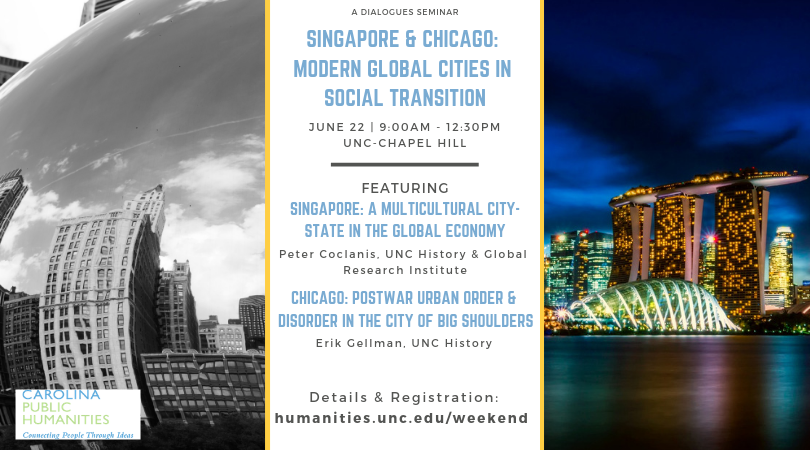
National and local governments have an important role to play to act now, to shape the future of their development, and to create opportunities for all. Inclusion thus come to the forefront in the recent pandemic.īuilding cities that “work” – green, resilient and inclusive– requires intensive policy coordination and investment choices. In normal times, there might be many attributes that cities strive to compete on and excel at the global level, including livability, competitiveness, and sustainability but on any given day, and especially in a time of crisis, a city must function well for all its citizens. Its impact and the measures taken to control the spread of the virus had disproportionate impacts on the poor, marginalized and vulnerable, revealing fault lines in cities’ economic structure, preparedness for such a crisis – especially the state of their public health and service delivery systems. The COVID-19 pandemic was a massive challenge for cities and their citizens, rich and poor alike.

Exposure is especially high in the densely populated and rapidly urbanizing river plains and coastlines in developing countries, where 89% of the world’s flood-exposed people live.Ĭities are also in the frontline of combating epidemics. Globally, 1.81 billion people (that is 1 in 4 people) live in high-risk flood zones.

Since 1985, about 76,400 km2 of newly urbanized land was added in locations with inundation depths of over 0.5 meters during severe floods – this corresponds to about 50 times the area of Greater London. Such sprawl puts pressure on land and natural resources, resulting in undesirable outcomes cities represent two-thirds of global energy consumption and account for more than 70% of greenhouse gas emissions.Ĭities play an increasingly important role in tackling climate change, because their exposure to climate and disaster risk increases as they grow. The expansion of urban land consumption outpaces population growth by as much as 50%, which is expected to add 1.2 million km² of new urban built-up area to the world by 2030. Once a city is built, its physical form and land use patterns can be locked in for generations, leading to unsustainable sprawl. Rising conflicts contribute to pressure on cities as 50% of forcibly displaced people live in urban areas. However, the speed and scale of urbanization brings challenges, such as meeting accelerated demand for affordable housing, viable infrastructure including transport systems, basic services, and jobs, particularly for the nearly 1 billion urban poor who live in informal settlements to be near opportunities. With more than 80% of global GDP generated in cities, urbanization can contribute to sustainable growth through increased productivity and innovation if managed well. This trend is expected to continue, with the urban population more than doubling its current size by 2050, at which point nearly 7 of 10 people will live in cities. Today, some 56% of the world’s population – 4.4 billion inhabitants – live in cities.


 0 kommentar(er)
0 kommentar(er)
